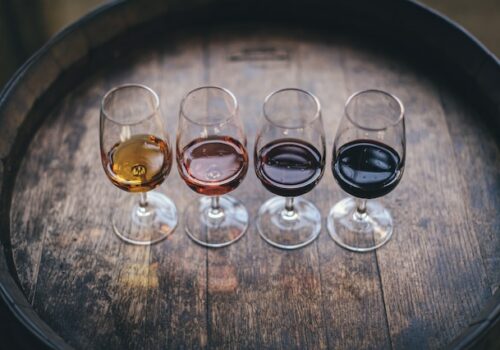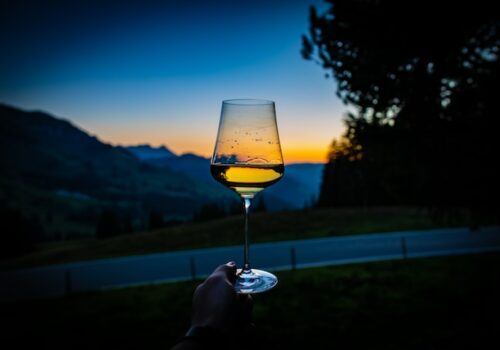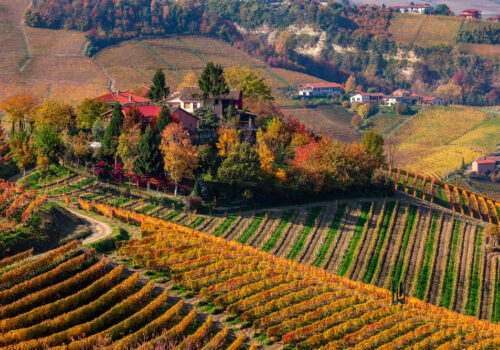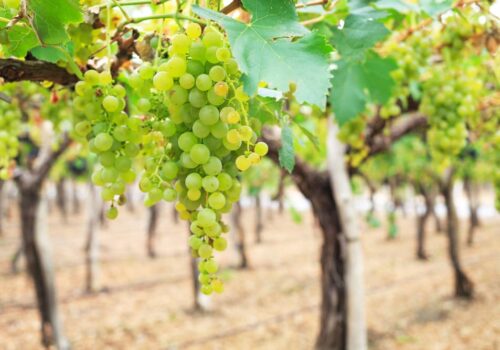What is garage and auteur winemaking
Garage wine (vin de garage) is a wine made in small quantities from the highest quality grapes in small, low-yielding vineyards and is not made for sale in chain stores. The creation of the beverage is done by vin de garage – specialists who are not always winemakers at a professional level. More often than not, a garage wine is a very expensive wine and is not made according to the classic recipes that are ingrained in the wine industry.
WHAT ARE GARAGE WINES?
Garage or auteur wines began to be made back in the early 90s of the 20th century in France. However, the beginning of this craft was started back in 1979 by Jacques Thienpont, who released the first small batch of Chateau Le Pin wine.
This wine compared favourably to Bordeaux wines in terms of style due to the prevalence of high quality, low-yielding Merlot in the assemblage, long ageing in oak (1.5-2 years), as well as careful vinification.
His example was followed by other winemakers who tried to create wines with their own techniques. The first was Jean-Luc Thunevin, owner of Chateau de Valandraud in the early 90s. He quit his job at the bank and started making wine in a small garage. That’s how the wines got their unusual name.
These tannic and fruity wines, thanks to their high quality, were noticed and praised by renowned wine critics Robert Parker and Michel Bettin, so they gained wide popularity and even greater value. Nowadays, the prices of Château le Pen are comparable to the most expensive red wine of Bordeaux, Château Petrus.
Today Jean-Luc Thunevin is a famous millionaire and owner of large wineries.
The main differences of author’s drinks are special taste and aroma, the development of individual formulas that may diverge from the recipes established at the international level.
Garage workers are not afraid of experimentation. Their products are aimed at a narrow audience of customers. More often than not all production processes of an author’s wine are regulated by one family. Employees are seldom used for processing of raw materials. The grapes are gathered and sorted manually.
EXAMPLES OF GARAGE WINES
Today one of the most famous garage wineries is Chateau Teyssier, located in France. It produces the not unknown wines Le Dom and Chateau Laforge.
Chateau Grassia is another popular signature wine produced in France. It has a pronounced oak aroma and rich flavor.
Chilean Carignan is a soft drink that many connoisseurs of auteur wines dream of tasting. It is produced by Garage Wine, a family-owned company based in Chile.
Some American representatives of Garage Wine have even become iconic. For example, Manfred Crunkle and his wife began making wines in 1995 in the Nappa Valley, California, in the style of the French Côtes du Rhône. His Sine Qua Non wine is considered a perfect example of a garage wine from the U.S., which is very highly regarded by critics and therefore expensive.
THE DIFFERENCE BETWEEN GARAGE (AUTHOR’S WINES) AND STORE PRODUCTION
Garage wines belong to the category of unlicensed products. Accordingly, it is practically impossible to find them in chain stores. Only large and in-demand garagists acquire a license for wines and start supplying them to specialized retail outlets. To taste the author’s spirits is otherwise possible only at the winery. Also connoisseurs can order drinks directly from the winemakers. The second difference between author’s wines is that they ignore traditional wine-making methods. Garagists can experiment with rare varieties of grapes, add new ingredients to the drinks to end up with unique and original alcoholic products.




